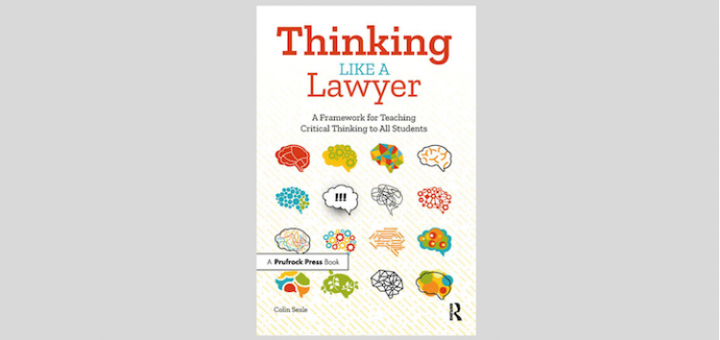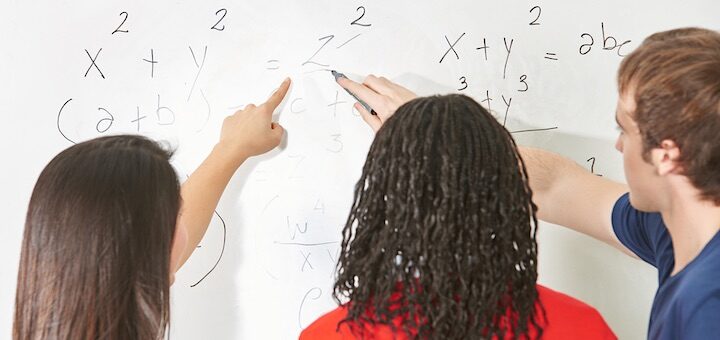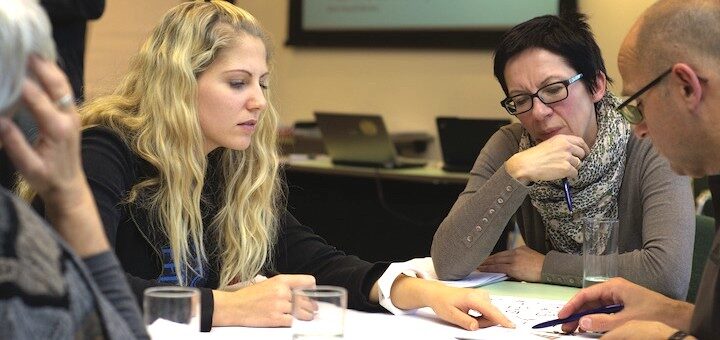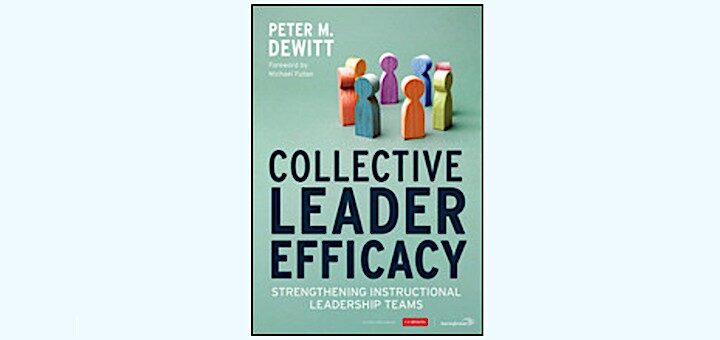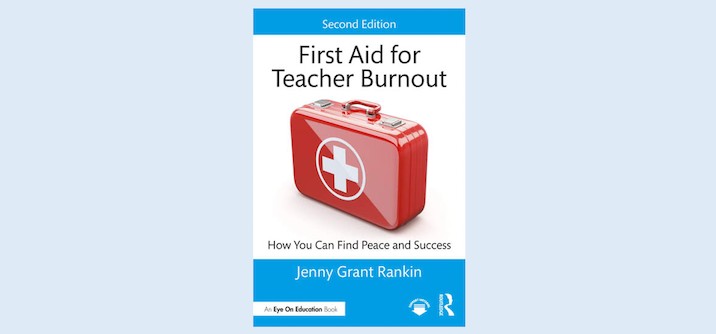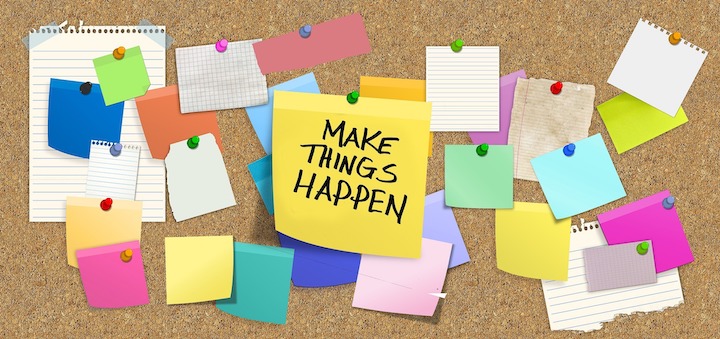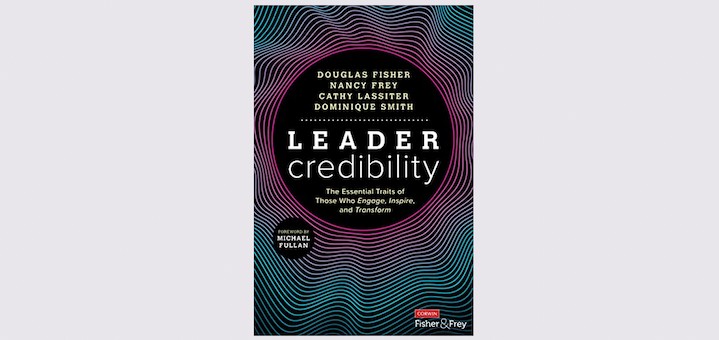Teaching and learning in grades 4-8
Find out how adopting a lawyer mindset can help all students develop critical thinking skills and dispositions in Thinking Like a Lawyer by Colin Seale. NBCT Kim Rensch likes that the book is a quick read and offers reasonable ways to integrate thinking skills with curricula.
What do your students believe about learning? Beliefs affect behaviors, and their perspective on failure is decisive. Teaching coach Barbara Blackburn examines 3 beliefs that impact the ability to learn and offers strategies to help students focus on growth.
In an authentic math community students understand their ideas are valuable and their participation is necessary to grow the community’s collective understanding. One way to facilitate this, writes author Gina Picha, is by having regular math conferences with your students.
Whether you’re a principal facilitating a change initiative or a teacher leader facilitating a content-level team, it’s essential to set clear parameters with adult learners upfront so that neither goals, nor trust, nor people’s hard work is compromised. Elisa MacDonald shows how.
We cannot continue to subject students to practices that are clearly not working. In Collective Leader Efficacy, former principal Peter M. DeWitt shows how to move forward in a team effort, empowering educators to center on students, writes district HR leader Brian Taylor.
The 2nd edition of Jenny Rankin’s First Aid for Teacher Burnout offers “realistic strategies teachers can apply to alleviate the major burnout-inducing problems and find sustainable success at work.” Reviewer Anne Anderson shares Rankin’s ways to recognize burnout and respond.
We’ve accomplished so much this year and we still have another big stretch to conquer, write teachers Maggie and Piers Blyth. We’ve reached the peak – we’re ready for the downhill race. It’s important to chart our path and stay alert for the obstacles and opportunities ahead.
Is bullying in schools a social pandemic we need to take more seriously? Middle grades teacher Laleh Ghotbi makes a compelling case that educators and parents can do more to protect students being harmed by religious, cultural, racial and gender prejudice and animosity.
Intentionally introducing humor, curiosity, enthusiasm, and optimism into each class is a low-tech, high-impact method to build resilience and attention. Stephanie Farley shares ways she’s engaged middle schoolers with elements like (live!) rolling mice and kid-made symbols.
Fisher and Frey’s “Leader Credibility” provides a roadmap to strengthening leadership skills. It outlines traits of those who engage, inspire and transform and offers guidance on the essentials of trust, competence, dynamism, forward thinking and more, says Cathy Gassenheimer.

